
For many travellers, business class represents the pinnacle of air travel comfort—spacious seats that convert to beds, gourmet dining, priority boarding, and attentive service. However, the steep price tag often puts these luxuries out of reach. Fortunately, savvy travellers have developed numerous strategies to access business-class without paying full fare.
Here are 8 effective approaches to upgrading your travel experience while keeping costs manageable, as flagged by AFAR.
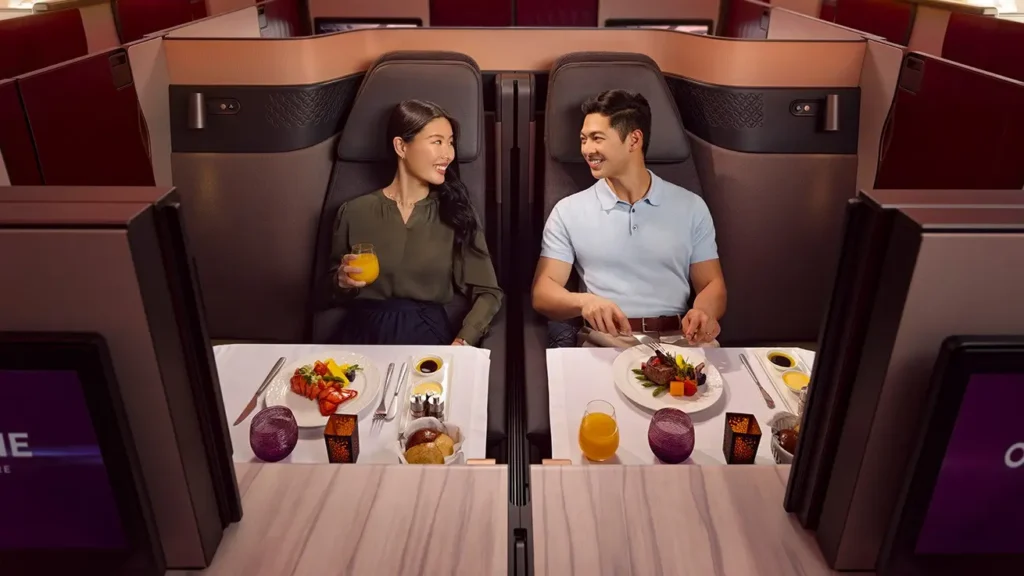 Photo: Qatar Airways
Photo: Qatar Airways1. Bid Your Way to an Upgrade
More than 50 airlines worldwide now offer bidding systems where economy passengers can attempt to secure discounted business-class seats. Major carriers, including Air Canada (AC), Lufthansa (LH), Qantas (QF), Virgin Atlantic (VS), and LATAM (LA), have partnered with travel technology company Plusgrade to facilitate these auctions.
The process is straightforward: visit the airline’s bidding page, enter your booking confirmation number, and submit your bid, typically starting around $300. If accepted, your credit card is automatically charged, and your ticket is updated. It’s important to note that bids apply to individual flight segments rather than entire itineraries, so multi-leg journeys require separate bids for each segment.
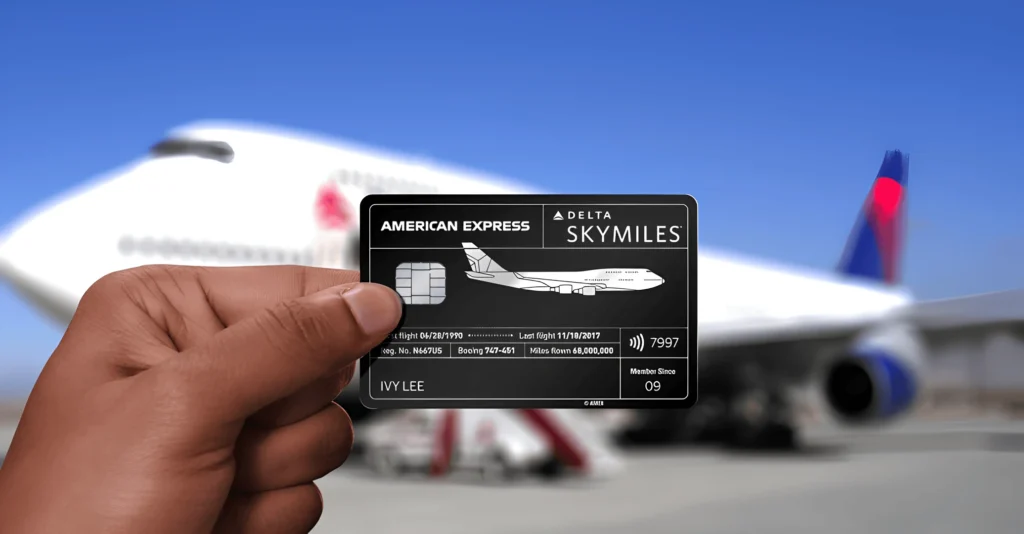 Photo: American Express
Photo: American Express2. Use of Credit Card Points and Airline Miles
Perhaps the most accessible pathway to premium travel is through the strategic use of credit card points and airline miles. Travel rewards credit cards offer substantial sign-up bonuses and ongoing points for everyday spending that can translate into significant value when redeemed for business-class seats.
“Using points and miles is by far the most accessible way for non-millionaires to fly in the front of the plane.”
Katy Nastro, Going
The value proposition can be striking—Going’s experts recently found business-class flights to Spain available for just 54,000 points round-trip plus taxes, compared to the usual 150,000 points or $3,000+ cash price.
Some particularly valuable redemptions highlighted by Kyle Potter of Thrifty Traveler include Iberia (IB) business class from several U.S. cities to Madrid for as low as 34,000 miles each way, and TAP Air Portugal’s business class from New York to Lisbon for 35,000 miles when booked through Avianca LifeMiles.
However, this landscape is changing. Airlines increasingly prioritise cash-paying customers over award redemptions, and dynamic pricing has replaced fixed charts, making point values less predictable.
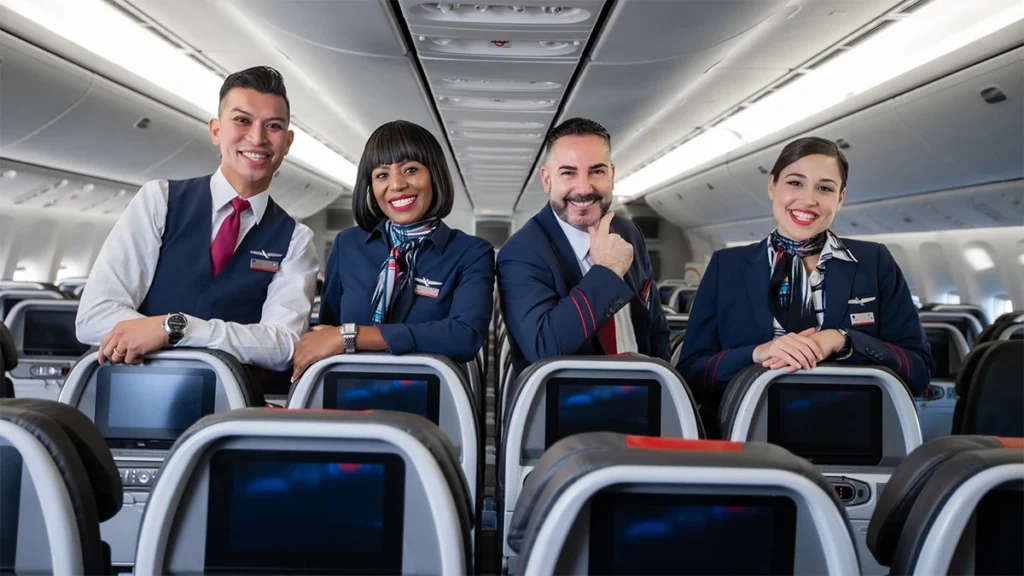 Photo: American Airlines
Photo: American Airlines3. Frequent Flyers Path to Upgrades
Airline loyalty programs offer another avenue to business-class travel through status-based upgrades. Angel Trinh, founder of Pennywise Traveller, recently experienced this benefit when her American Airlines Platinum Pro status secured her an upgrade from basic economy to business class on a Miami (MIA)-Bahamas (FPO) flight.
Earning status requires enrolling in an airline’s loyalty program and accumulating miles or points through flights, co-branded credit card spending, hotel stays with partners, rental cars, or shopping portal purchases. After reaching specified thresholds within a calendar year, you’ll qualify for status tiers that prioritise you for complimentary upgrades when space is available.
Be aware that many major carriers have increased requirements for elite status, making these perks more challenging to attain. Additionally, with more travellers willing to pay for premium seats outright, upgrade opportunities have become more limited.
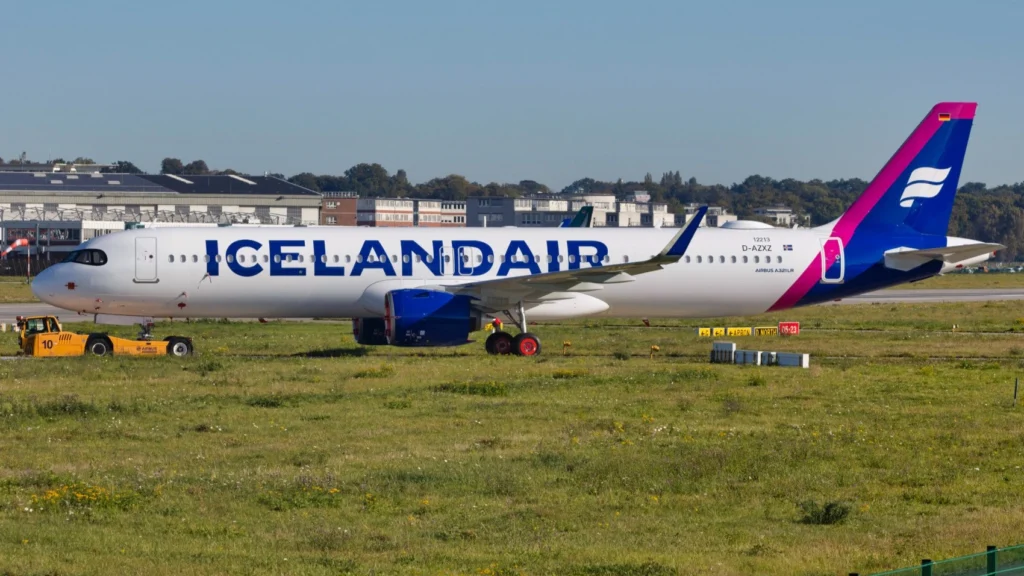 Photo: spottingatxfw
Photo: spottingatxfw4. “Business-Lite” Options
For travellers seeking enhanced comfort without the full business-class investment, several airlines offer intermediate cabin options. These “business-lite” services provide significant upgrades over economy without the steep costs of traditional business class.
There are budget-friendly alternatives like Icelandair Saga Class and Norse Atlantic Premium. While not offering full lie-flat beds, these services provide wider seats with substantially more legroom, comparable to domestic first-class accommodations.
German carrier Condor (DE) offers transatlantic business-class fares starting around $2,000 round-trip with lie-flat seats, a notable discount from major carriers.
Some airlines have introduced dedicated intermediate cabins, such as KLM’s Premium Comfort, featuring larger seats with greater recline, adjustable leg rests, business-class bedding, and enhanced dining services—bridging the gap between premium economy and business class at a more accessible price point.
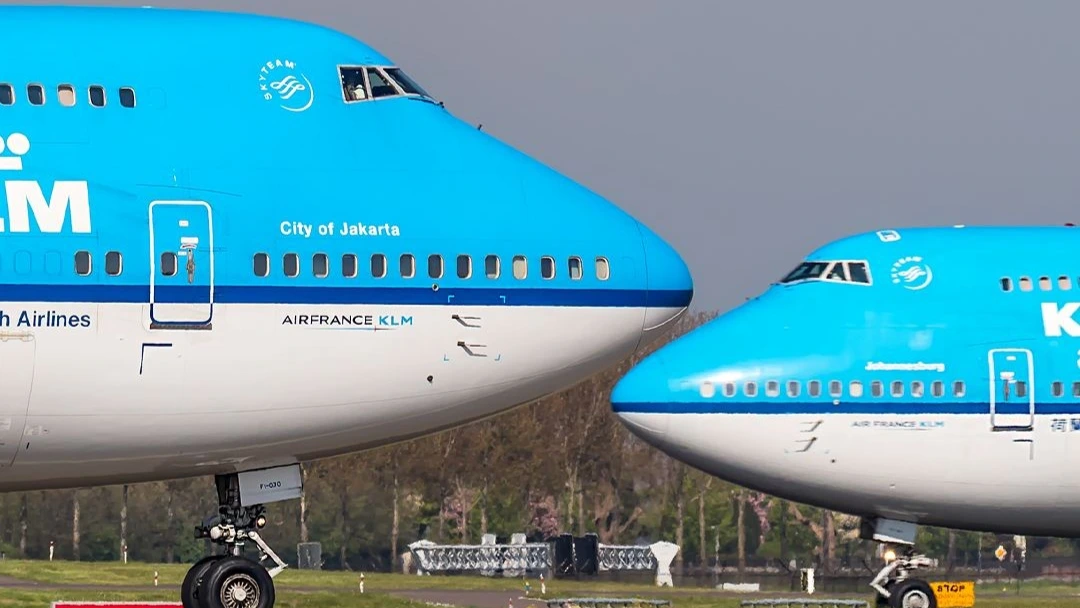 Photo: KLM
Photo: KLM5. Repositioning Advantage
Creative routing can substantially reduce business-class costs through “repositioning” strategies. This approach involves travelling to larger hub airports where greater competition and capacity drive down premium fares.
For example, a business-class flight from Pittsburgh (PIT) to London (LHR) might cost $3,600, but adding a connecting flight from Pittsburgh to Washington, D.C., before continuing to London could save over $1,000 despite the additional segment.
“Don’t just limit your search to the closest airport,” advises Nastro. “Bigger airports offer more competition, which puts downward pressure on flight prices and offers a wider range of options.” This approach requires additional planning but can yield significant savings for those with scheduling flexibility.
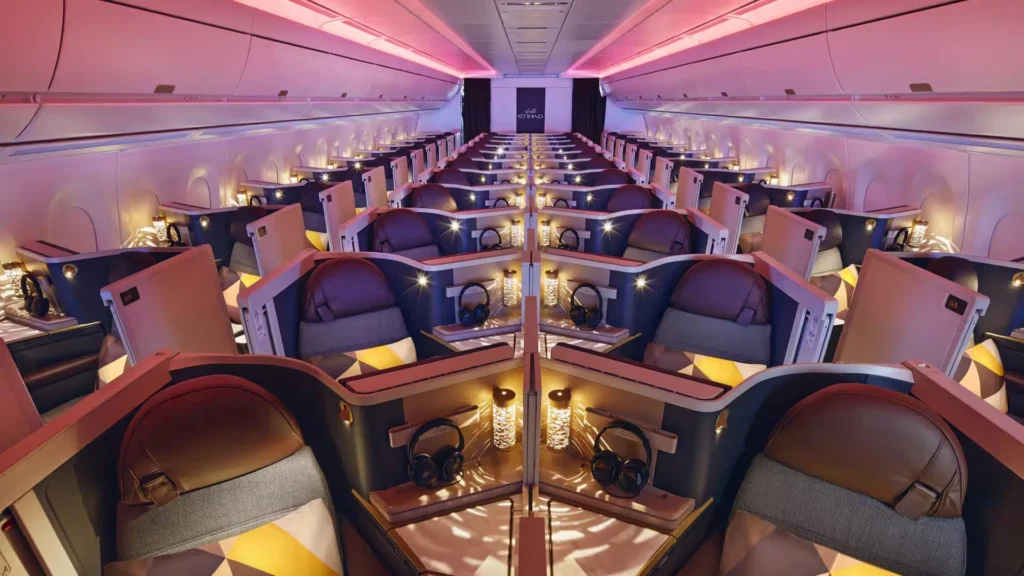 Photo: Etihad
Photo: Etihad6. Be a Volunteer and Trade Time for Upgrades
When flights are overbooked, airlines need volunteers to take later departures, creating potential upgrade opportunities for flexible travelers. Gate agents prefer voluntary rebookings over forced bumping and have authority to offer various incentives including travel vouchers, cash, miles, and occasionally, premium seats on later flights.
To leverage this strategy, first check the airline’s website to confirm business-class availability on subsequent flights. Then, if the gate agent announces they need volunteers, politely inquire about the possibility of a business-class seat on the later flight as part of your compensation package.
Remember that agents are managing multiple priorities during these situations, so respectful, patient communication is essential.
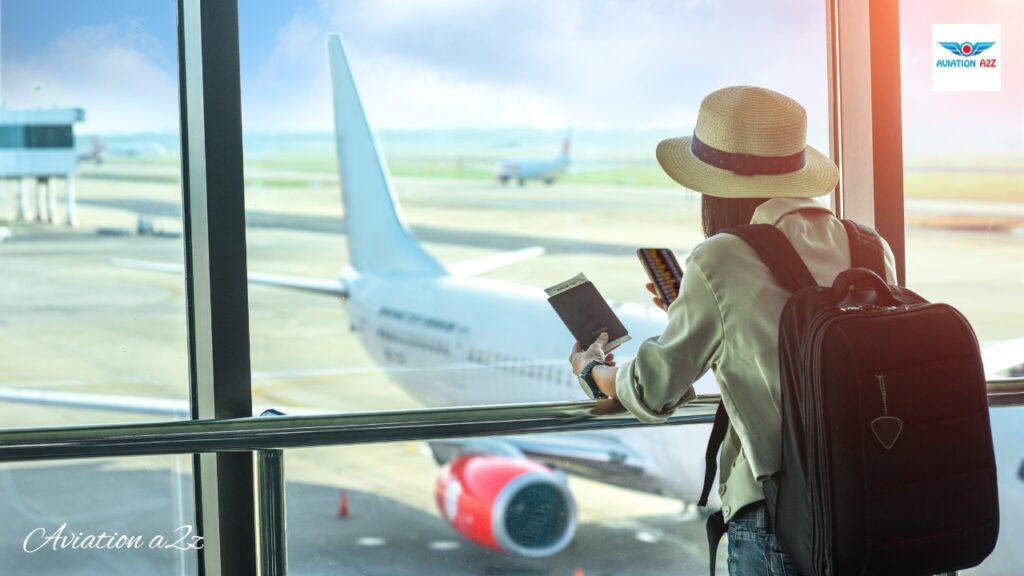 Photo: Canva
Photo: Canva7. Deal Tracking on Premium Services
Specialised newsletters and alert services can monitor business-class deals on your behalf. Going offers an Elite tier membership that tracks premium cabin sales from unlimited U.S. airports.
Recent alerts have included Boston (BOS) to the Netherlands for $1,999 and Los Angeles (LAX) to Tokyo for $1,809 round-trip in business class—substantial discounts from standard pricing.
Ashley Gets Around provides another dedicated business-class deal newsletter, with particular attention to “mistake fares”—pricing errors that can deliver exceptional value before airlines correct them. The key to capitalising on these rare opportunities is immediate action when alerted.
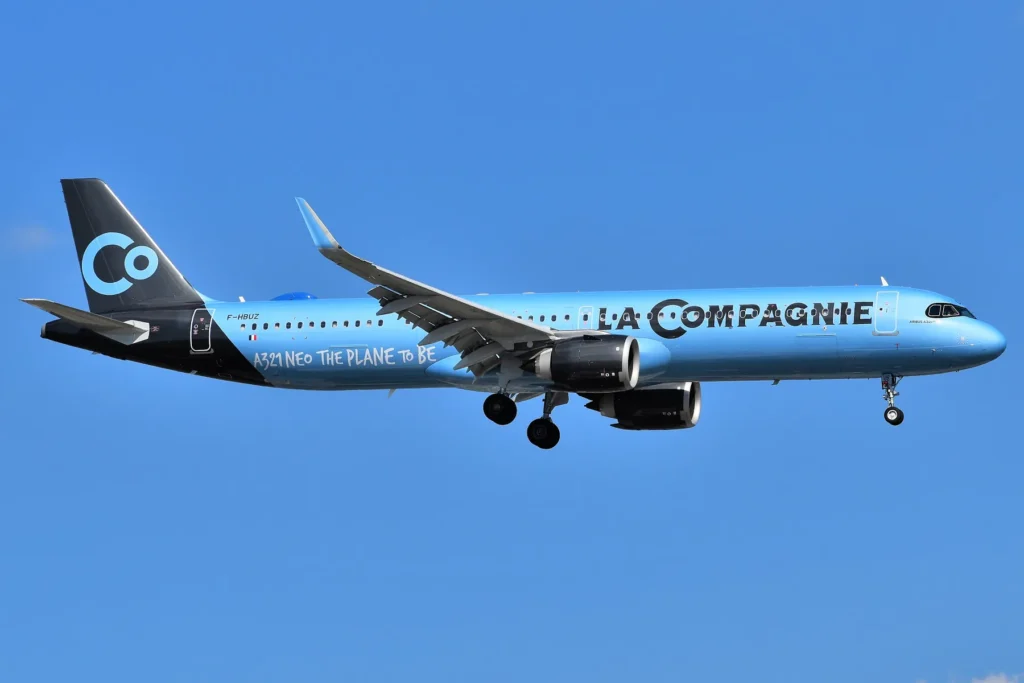 Photo- Wikipedia
Photo- Wikipedia8. Boutique Business-Class Airlines
A growing segment of all-business-class airlines offers more affordable premium experiences than major carriers.
French boutique airline La Compagnie (B0) operates transatlantic routes with business-class-only aircraft at approximately half the price of larger competitors.
Similarly, Beond (B4), a Maldivian airline headquartered in Dubai, focuses exclusively on business-class service at more accessible price points.
These specialised carriers typically operate limited route networks but provide substantial value on the corridors they serve. Their business model of premium-only service with streamlined operations allows for competitive pricing that makes business-class travel attainable for more travellers.
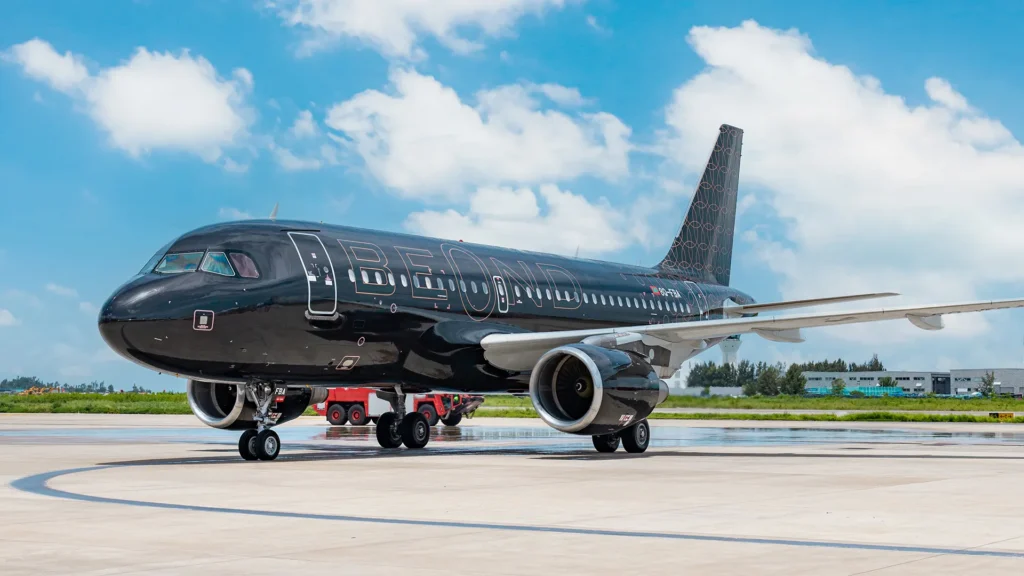 Photo- Wikipedia
Photo- WikipediaBottom Line
While business-class travel remains a premium experience, various strategies can make it significantly more affordable. Whether leveraging points and miles, targeting specialised airlines, or strategically repositioning to competitive hubs, thoughtful planning can transform luxury air travel from an occasional splurge to a regular part of your travel experience.
By combining these approaches with flexibility and patience, the comfort of business-class becomes accessible without breaking the bank!
Stay tuned with us. Further, follow us on social media for the latest updates.
Join us on Telegram Group for the Latest Aviation Updates. Subsequently, follow us on Google News
Why Airlines Don’t Allow More than 100ml Liquid in Cabin?
The post Hacks to Fly Business Class Without Paying Full Flight Ticket Cost appeared first on Aviation A2Z.













